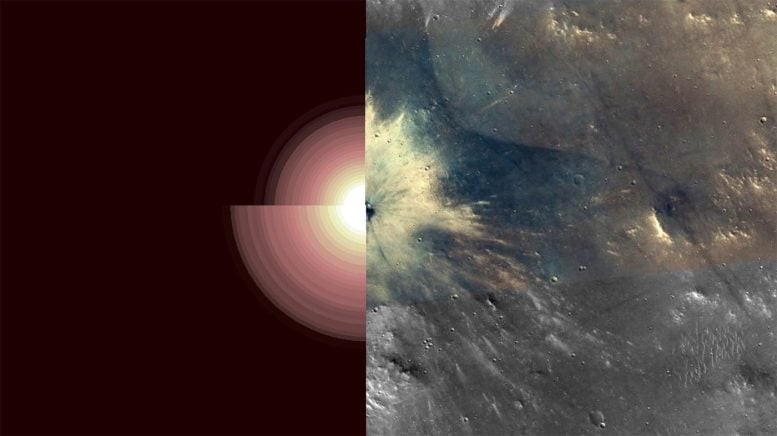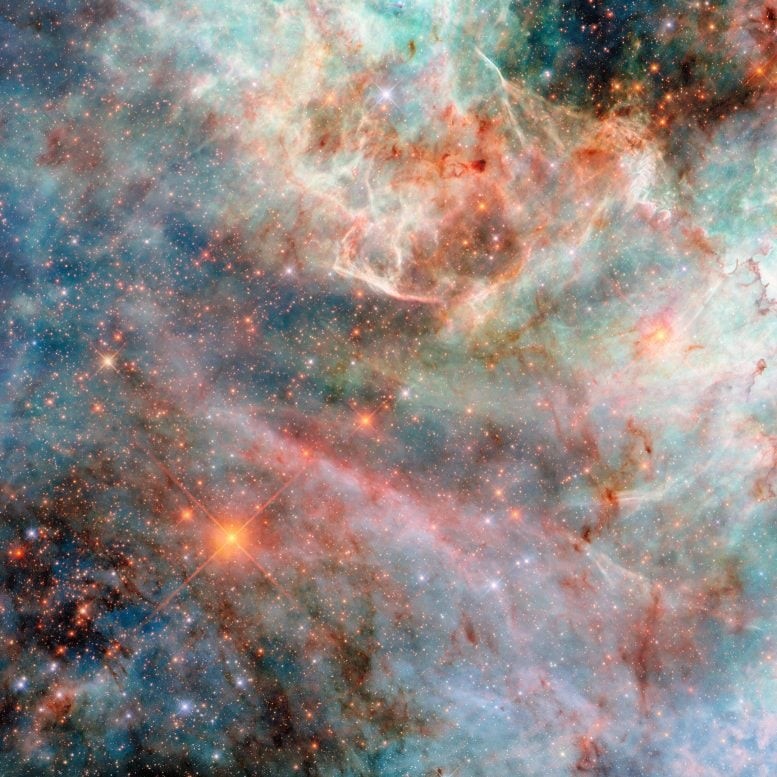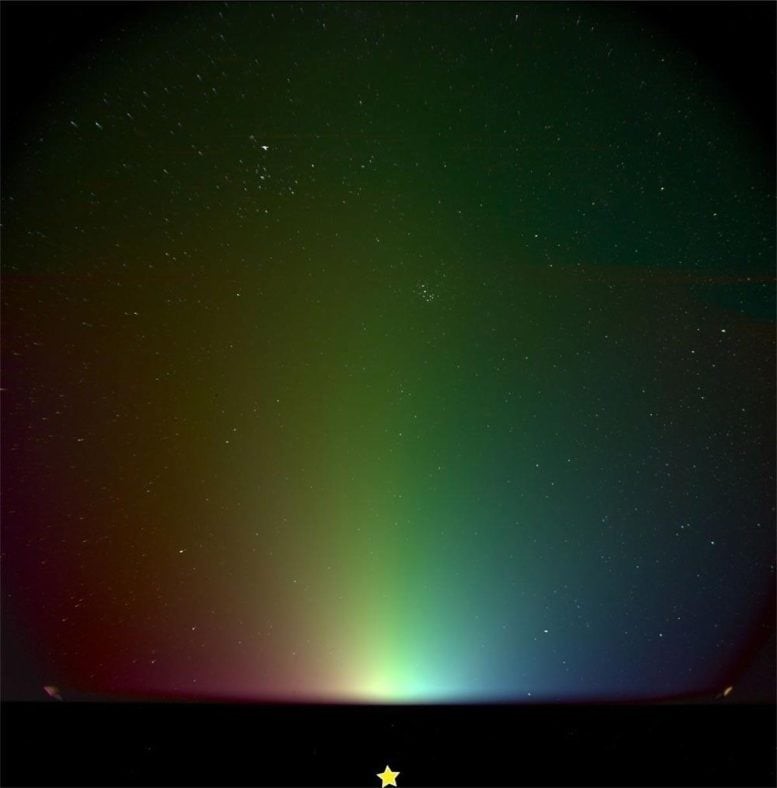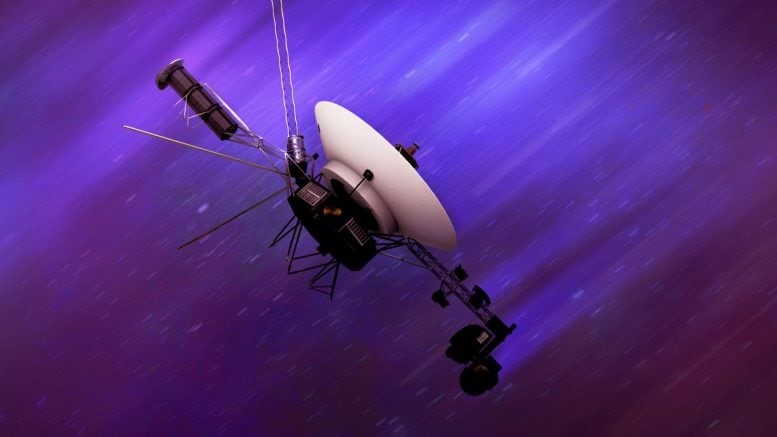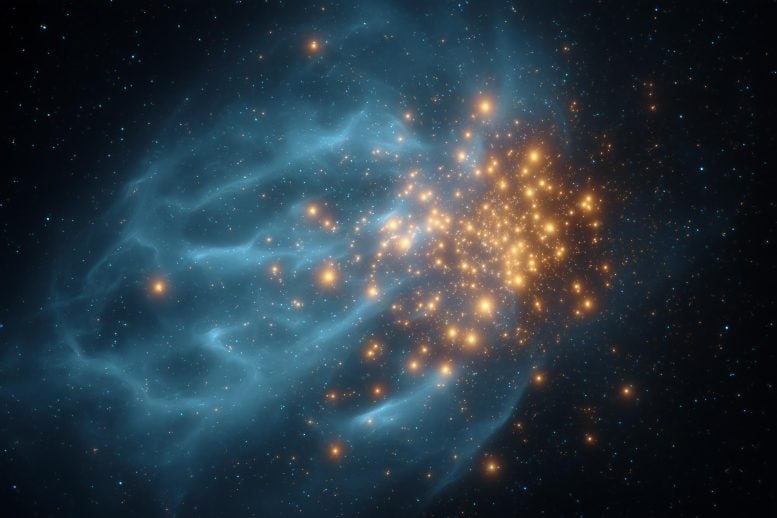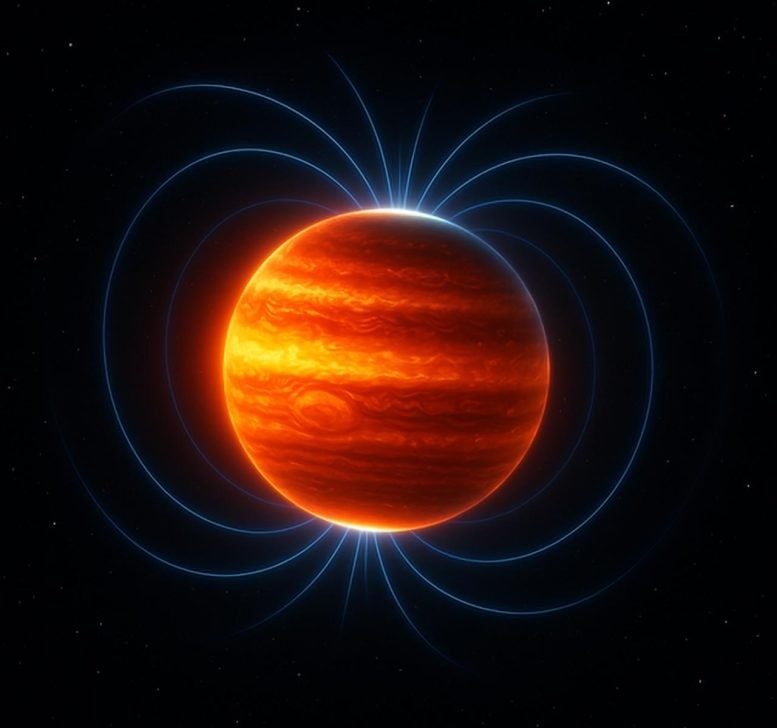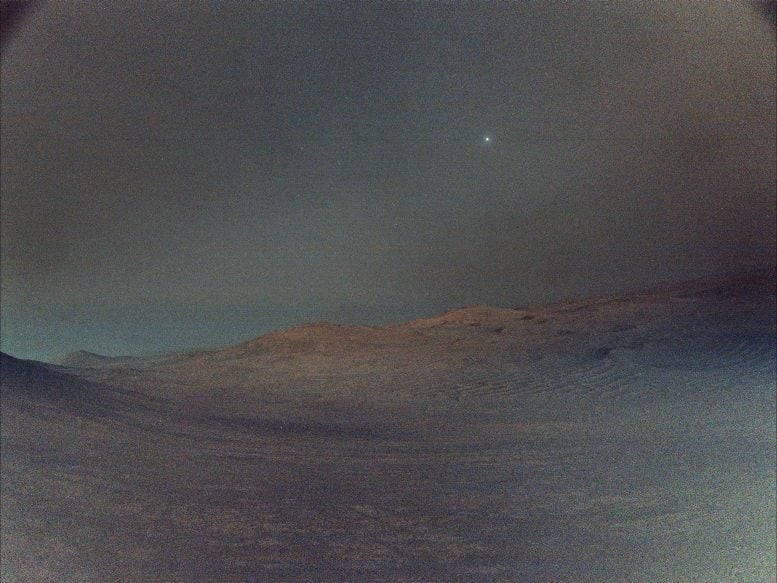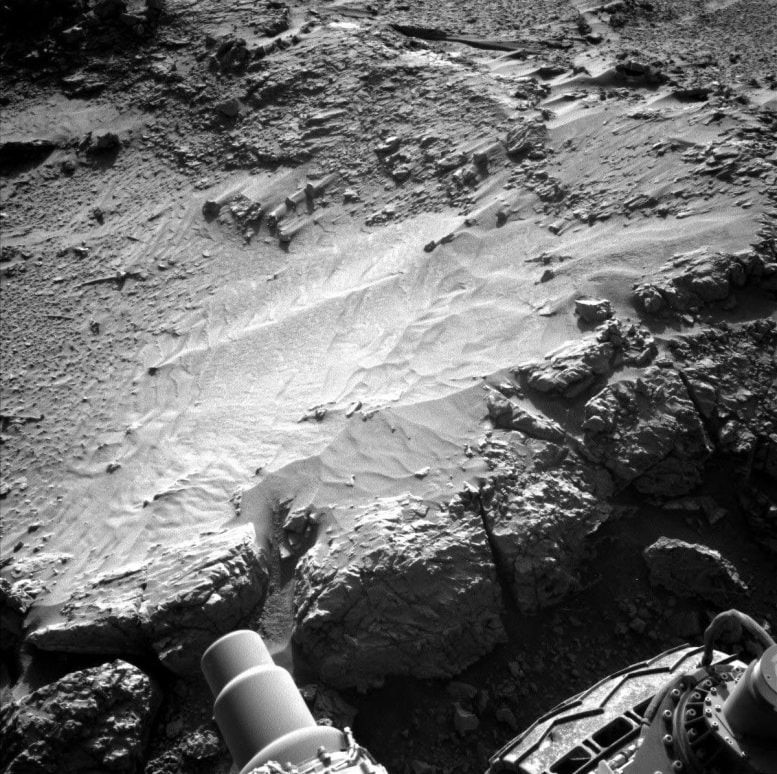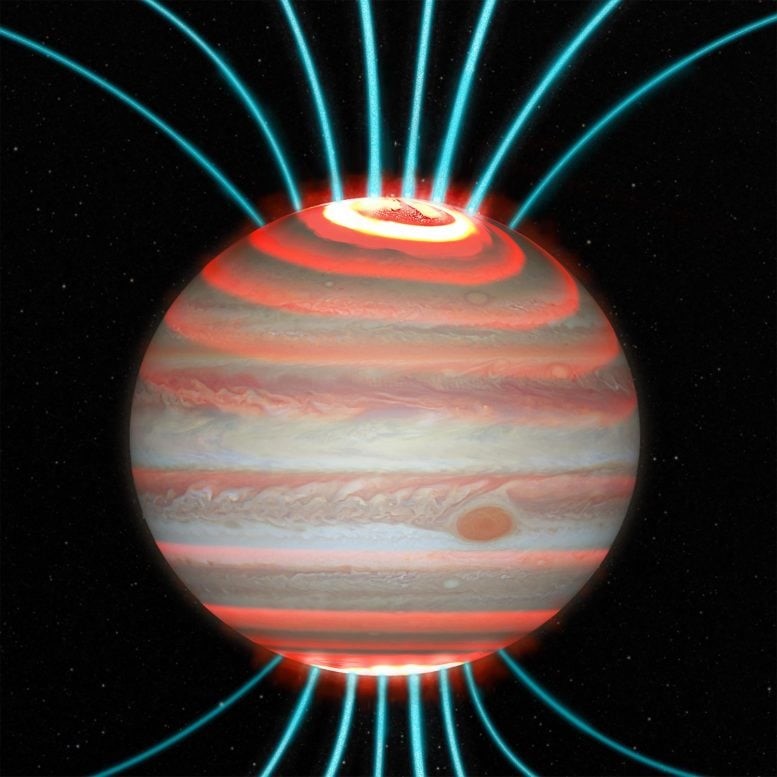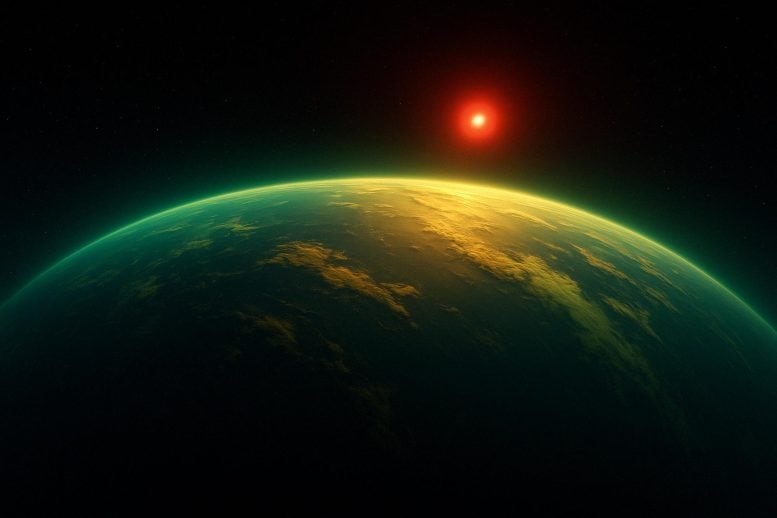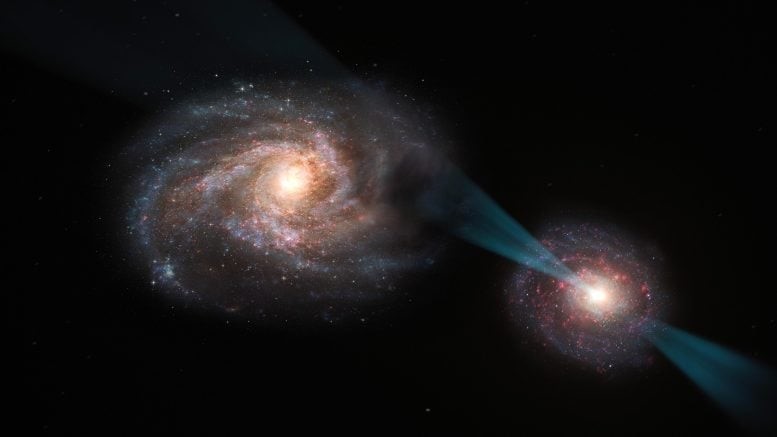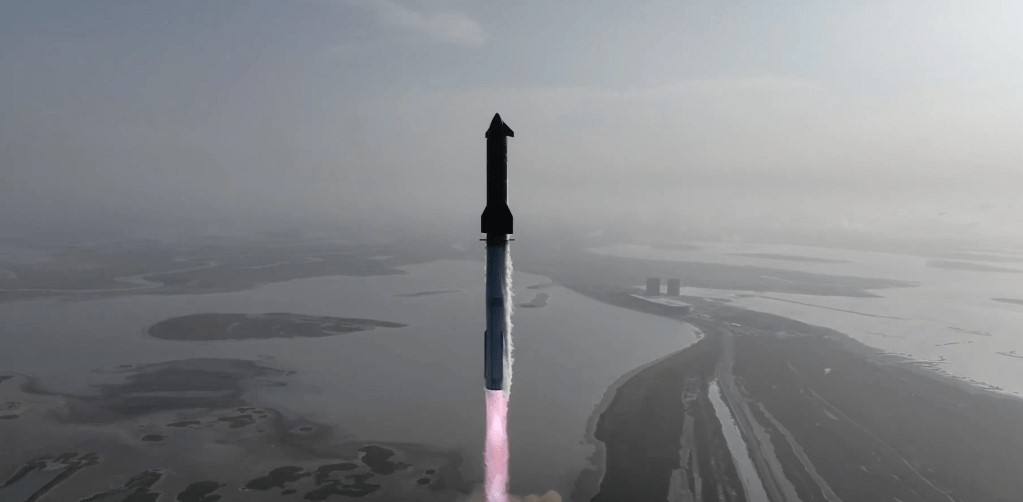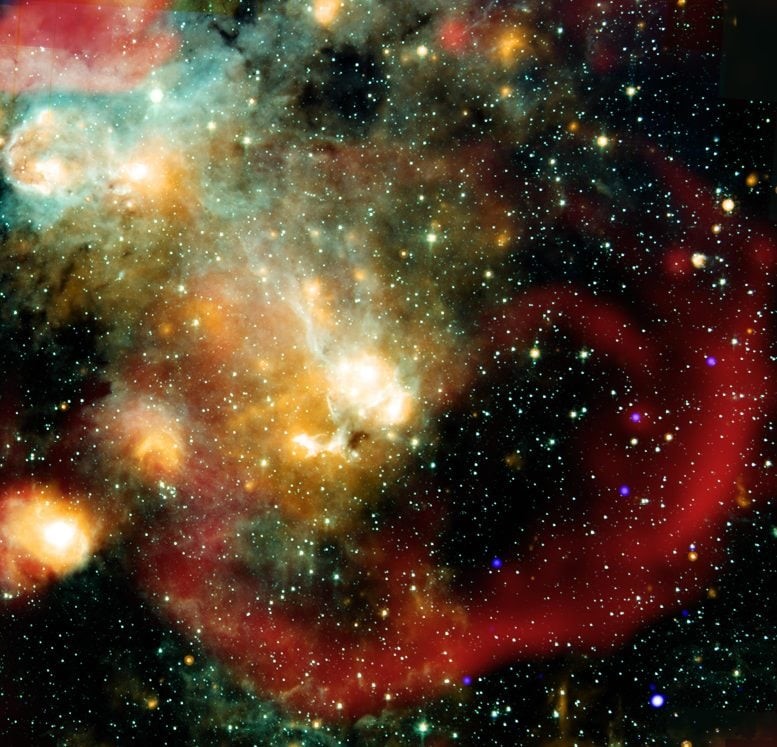A Giant Galaxy with A Perfect Spiral Is Creating Stars 300 Times Faster Than the Milky Way
Starburst Galaxies in the Early Universe
Over 10 billion years ago, the early Universe was teeming with activity. Massive “monster galaxies” were producing stars at astonishing speeds—up to 300 times faster than our Milky Way today. Nowadays, only a handful of galaxies exhibit such intense star formation, and nearly all of these are undergoing collisions or mergers with other galaxies. This led scientists to believe that these ancient starbursts were also sparked by violent galactic crashes, which funneled gas into their centers. Eventually, once the star-forming fuel was depleted, these galaxies transformed into enormous, smooth elliptical giants.
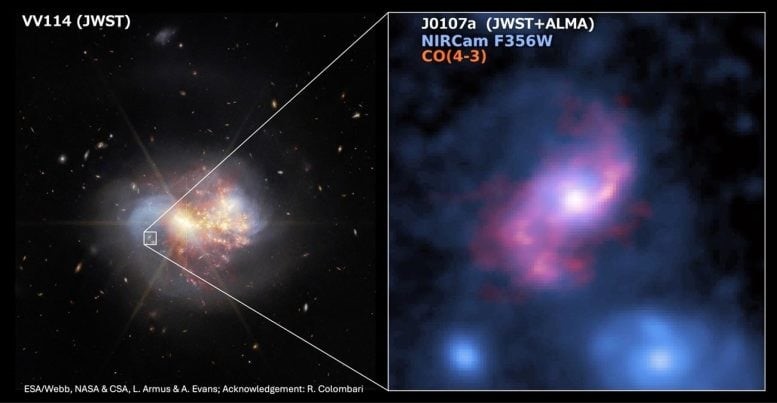
Figure 1. Giant Galaxy with a Flawless Spiral Spurs Star Formation 300x Faster Than the Milky Way.
Webb Uncovers Dust-Obscured Giants
These colossal galaxies lie incredibly far away and are cloaked in thick clouds of dust, a byproduct of their intense star formation. This dust blocks visible light, rendering them almost invisible to traditional telescopes. For years, their structure and the source of their explosive star production remained elusive. But with the infrared capabilities of the James Webb Space Telescope, astronomers can now peer through the dust—and what they’ve found is surprising. Figure 1 shows Giant Galaxy with a Flawless Spiral Spurs Star Formation 300x Faster Than the Milky Way.
Rather than appearing as chaotic merger remnants, many of these galaxies have well-defined disk shapes, resembling serene spiral galaxies. So, what’s driving such extreme star formation in these seemingly peaceful galaxies?
Challenging Traditional Galaxy Formation Theories
This marks the first direct observation of a starburst triggered by gas inflow from a bar structure in the early Universe. Classic theories of massive galaxy formation have long held that intense star formation arises primarily from galactic collisions, mergers, or gravitational instabilities in their disks—processes that eventually transform these galaxies into elliptical giants over hundreds of millions of years.
In contrast, J0107a appears to have developed a barred spiral shape much like those seen in modern galaxies, while still exhibiting the extreme characteristics of a monster galaxy. This transformation occurred just 2.6 billion years after the Big Bang. The detailed measurements of gas distribution and motion from these observations offer valuable insights—not only into the origins of massive galaxies but also into how bar structures form and evolve, as we are essentially witnessing this process unfold in the early Universe.
Cosmic Web Fuels Galactic Growth
Shuo Huang, leader of the research team, explains, “The vast amounts of gas needed for giant galaxies to grow come from either galactic mergers or inflows along the cosmic web. Although we see no evidence of a merger in J0107a, a massive gas disk has been detected surrounding it.
“This gas disk spans about 120,000 light-years—twice the diameter of the galaxy’s visible stellar body—and its motion closely follows that of the galaxy. From this, we infer that the disk formed from a large inflow of gas spiraling in from the cosmic web.
“This paints a new picture of monster galaxy formation: a disk galaxy emerges from cosmic-scale gas flows, then develops a bar structure during its evolution, which drives rapid gas movements and intense bursts of star formation. We plan to continue our observations with ALMA to explore this process further.”
Source: SciTECHDaily
Cite this article:
Priyadharshini S (2025), A Giant Galaxy with A Perfect Spiral Is Creating Stars 300 Times Faster Than the Milky Way, AnaTechMaz, pp.371


